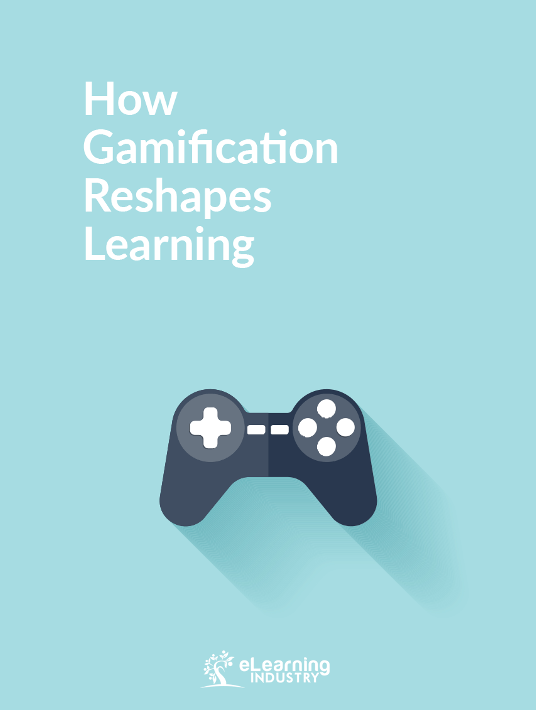We, human beings, are natural ‘gamers’! In our childhood, we freely exhibit and experience our liking for games. However, when we grow up, while some of us are lucky enough to carry this interest forward, others let go of it due to various reasons. However, the fact is that most of us still have a liking to play games if and when given an opportunity. This, as we know, is basically because games are fun, engaging, challenging, and, above all, motivating. Last but not the least, games allow us to fail again and again, and reflect on these failures till we win by going through multiple ‘lives’, which would otherwise only be a beautiful dream in our real lives.
Those of us who think we’re not for games, are actually (unknowingly) engaging with interesting elements of gamification while interacting with social networking sites and others (in the form of Progress Bars, Likes, Ratings, etc.).
In my two decades of career in Learning Design (in the role of researching, designing, managing, and delivering ‘learning’ for some of the best known schools, institutions, and organizations worldwide), I’ve experienced the magical power of gamification in learning, and was lucky enough to work on opportunities to tap its power to help make learning ‘fun’ and ‘engaging’ (for kids and for adults, in face-to-face sessions and in online learning courses). All this happened much before this methodology was seriously considered as a valid learning strategy by the industry. Even though the methodologies vary, I’ve seen gamification to be highly powerful for learners of any age, and for the different modes of learning.
Gamification is evolving to become one of the most powerful driving forces for learner engagement. Here are some of the most effective uses of Gamification in workplace learning:
- Gamification is the future of workplace learning. It can power up ‘learning’, which like many other areas, fosters active engagement. Gamified learning is already helping make organizational L&D areas, such as onboarding, sales training, safety training, and compliance training (and even the more complex areas such as knowledge management, process adherence, business ethics, and business continuity management) engaging and impactful, resulting in highly productive employees and meaningful ROIs for organizations across the world.
- Gamification can boost the adoption of mobile learning in workplaces. It can achieve this by adding a layer of competition to the byte-sized, just-in-time and performance support learning interventions that are specifically made available for learners through their workplace app stores.
- Gamification can impact informal (on-the-job) and social learning (peer learning) in workplaces by bringing in excitement into the collaborative learning space. It can be one of the most effective driving factors in this age of self-directed learning, where learners themselves take responsibility for their learning activities.
- Gamification can power up corporate MOOCs by fostering learner engagement, which otherwise could pose various challenges. Some of the more complex gamification elements and mechanics (such as competitions and bonuses) are powerful enough to prevent learners from dropping out of corporate MOOCs by making learning challenging and addictive.
- Gamification can enhance the effectiveness of flipped classrooms in workplaces by motivating learners to do their individual research (as part of their homework), as well as collaborative practice and application (as part of their classwork), in a highly compelling and competitive manner.
- Gamification can boost Bring-Your-Own-Devices (BYOD) in workplaces, by motivating learners to engage more with workplace learning interventions.
To conclude, it is exciting to see how gamification is all set to reshape learning. As Karl Kapp said in his interview with Learnnovators, “Gamification will disrupt many of today’s learning approaches”. It wouldn’t be a surprise to see points and badges (and other complex gamification elements) playing a major role in our profile credentials and hiring decisions in the near future. However, as being widely discussed, only ‘good’ gamification will succeed, for which proper design is the key. And, a proper gamification design demands a diverse and distinctive set of qualities and competencies. As Learning Designers, this is the time for us to step up to upskill ourselves to design and deliver effective gamified learning experiences for today’s workplaces.



